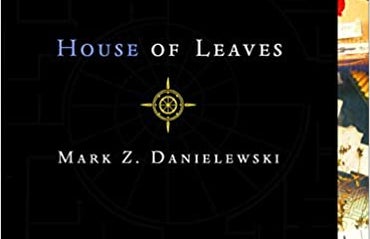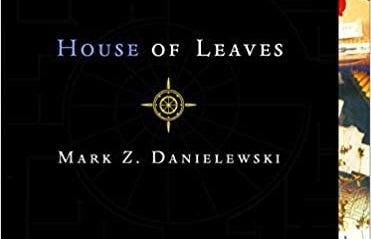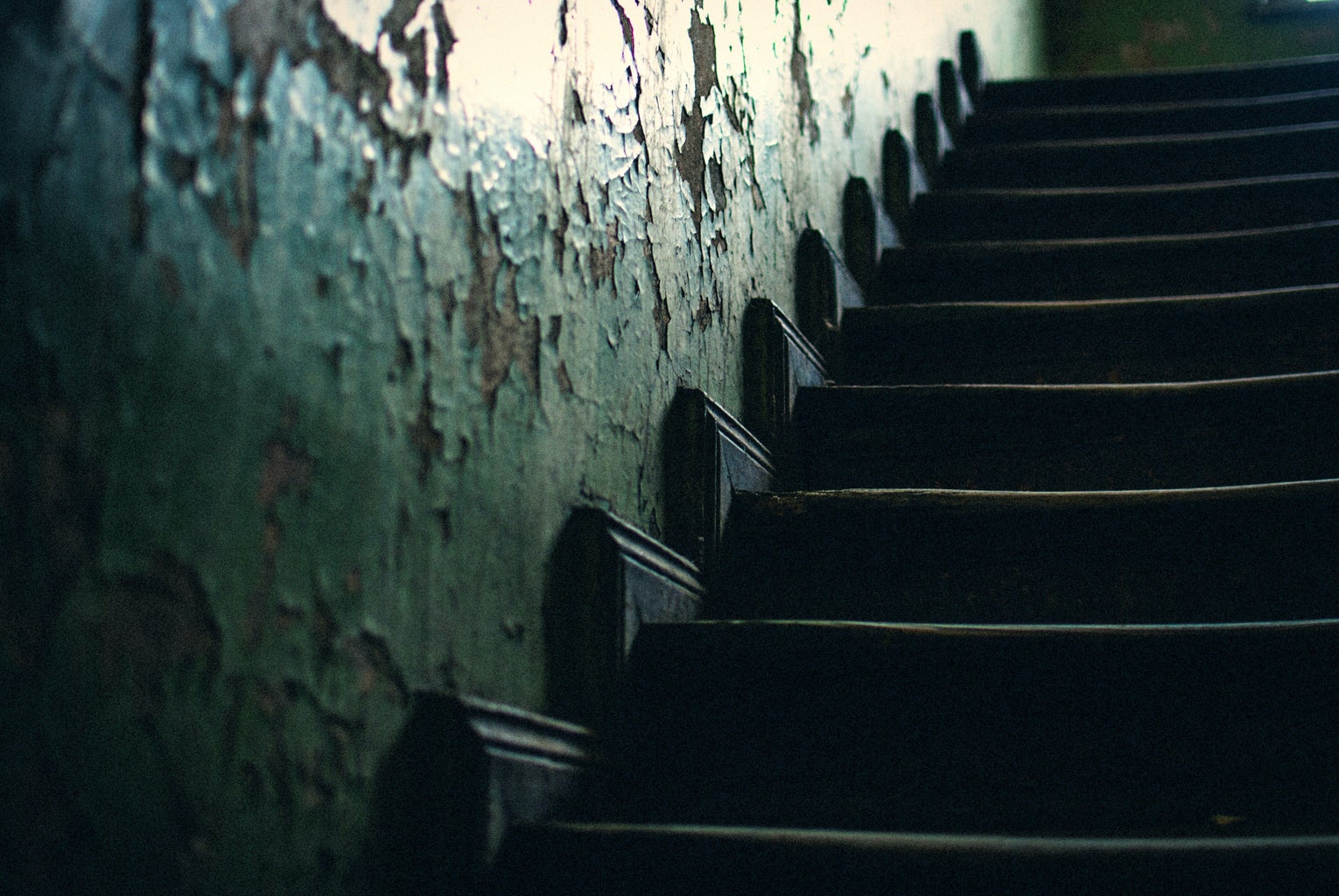I recently finished reading Mark Danielewski’s House of Leaves for one of my classes, and let me tell you, that book is polarizing. Most people I know either fell in love with it or hated its guts, which was a pretty big selling point for me. If a book can inspire such visceral feelings—positive or negative—it definitely seems worth checking out, even if you only want to join in on the conversation.
I think one of the biggest contributing factors to that love-hate reaction on both sides was the way the book plays with its format. I love making connections and solving puzzles in books, and I find it really fascinating when the author plays creatively with form, so this book was perfect for me. Did I have to dig through long passages that seemed completely irrelevant at first to finally make the connection? Yes. Was the payoff worth it? For me, absolutely.
This book pulls you into a maze with different layers of narrative. You chase down stories in footnotes, in blocks of sideways text, in letters that you have to decode, and sometimes in pages that are completely blank except for a single word. Some text is struck through or inked out, some layered on top of each other over and over to create an unsettling spidery mass of letters. But at the core of the novel is the story of a family who moves into a house that is bigger on the inside than it is on the outside.
House of Leaves is a complicated beast. It tackles horror, grief, fear, and love. It’s about a family trying to put their broken pieces back together. An exploration into darkness. A lonely man trying desperately to outrun his own trauma. Occasionally, it’s even about the Minotaur, reimagined not as the monster at the center of the labyrinth but as a locus of shame that is nevertheless an estranged son grieved by the father who put him there.
People have read this novel as a descent into madness, a love story, a satirical take on academic dissertations, and as horror. Everyone seems to come away with slightly different experiences, having noticed different details and latched onto particular characters or plot lines. Basically, there is no right way to read this book, only different pathways you can choose to take—or not.
Sometimes, it’s so frustrating you want to throw it against the wall. Other times, it grips you so completely that you swear you feel the darkness of the house growing behind you and that if you open your closet door, you won’t find Narnia—you’ll enter those black hallways, make your way to the Spiral Staircase, and never see the light of day again.
Would I recommend this book? The answer is yes… and also no.
Part of me wants to comb back through it repeatedly, adding my own footnotes onto the already complicated layers of the narrative until my copy is so battered and scribbled over that it’s barely legible anymore. Another part wants to hide it in a cupboard and thank my lucky stars that I usually don’t dream.
I love it, I hate it, I want to enshrine its weird pages in a place of honour, and I want to force-feed it to a paper shredder.
If that sort of conflict of interest appeals to you, you should check out House of Leaves.
Or not.




